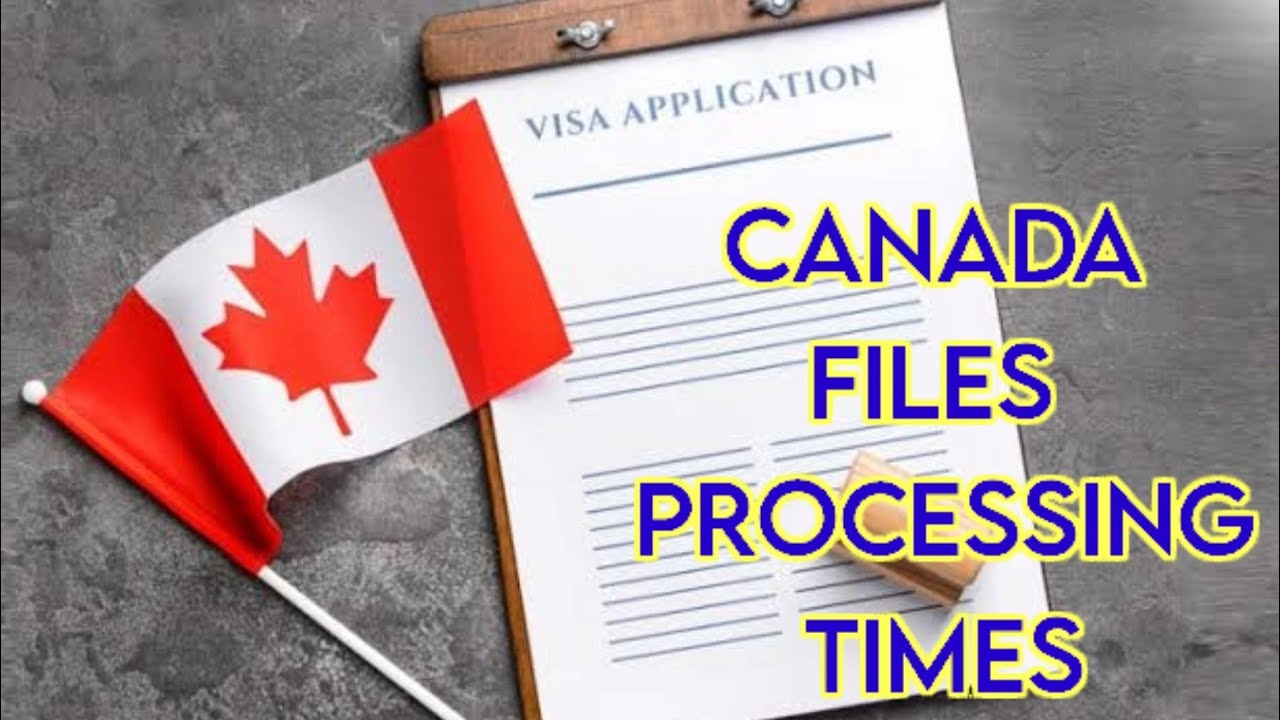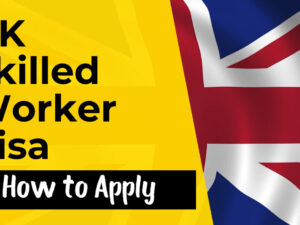For immigrants and foreign workers seeking employment in Canada, having your professional credentials recognized is a critical step toward building a successful career. Whether you’re a doctor, engineer, teacher, or skilled tradesperson, Canadian employers and regulatory bodies often require proof that your qualifications meet Canadian standards. This guide provides a detailed, step-by-step process to help you navigate the credential recognition process in Canada.
Why Credential Recognition Matters in Canada
Canada is a country that values skilled professionals, but it also prioritizes public safety and quality standards. As a result, many regulated professions (e.g., healthcare, engineering, teaching) require foreign-trained workers to have their credentials assessed and recognized before they can work in their field. Even for non-regulated professions, having your credentials recognized can improve your chances of securing a job and earning a competitive salary.
Credential recognition ensures that your education, training, and work experience align with Canadian standards. It also helps employers understand your qualifications and how they translate to the Canadian job market.
Step 1: Determine if Your Profession is Regulated or Non-Regulated
The first step in the credential recognition process is to determine whether your profession is regulated or non-regulated in Canada.
Regulated Professions
Regulated professions are those that require a license or certification to practice. These professions are governed by regulatory bodies that set standards for education, training, and practice. Examples include:
- Doctors, nurses, and other healthcare professionals
- Engineers and architects
- Teachers and educators
- Lawyers and accountants
- Skilled tradespeople (e.g., electricians, plumbers)
If your profession is regulated, you must obtain a license or certification from the relevant regulatory body before you can work in Canada.
Non-Regulated Professions
Non-regulated professions do not require a license or certification to practice. However, employers may still ask for proof of your qualifications. Examples include:
- IT professionals
- Marketing and sales specialists
- Administrative roles
- Many roles in the agriculture and hospitality sectors
For non-regulated professions, credential recognition is often optional but highly recommended to improve your employability.
Step 2: Research the Regulatory Body for Your Profession
If your profession is regulated, you’ll need to contact the appropriate regulatory body in the province or territory where you plan to work. Each province has its own regulatory bodies, so the requirements may vary depending on your location.
Here’s how to find the right regulatory body:
- Visit the Canadian Information Centre for International Credentials (CICIC) website (www.cicic.ca) and use their directory of regulatory bodies.
- Search for your profession and the province where you intend to work.
- Contact the regulatory body directly to learn about their specific requirements for credential recognition.
For example:
- If you’re a nurse, you’ll need to contact the Canadian Nurses Association (CNA) or the provincial nursing regulatory body, such as the College of Nurses of Ontario (CNO).
- If you’re an engineer, you’ll need to contact Engineers Canada or the provincial engineering regulatory body, such as Professional Engineers Ontario (PEO).
Step 3: Get Your Credentials Assessed
Credential assessment is the process of comparing your education, training, and work experience to Canadian standards. This step is essential for both regulated and non-regulated professions.
For Regulated Professions
Regulatory bodies often require a formal credential assessment as part of the licensing process. They may also ask for additional documentation, such as:
- Academic transcripts and diplomas
- Proof of work experience
- Language proficiency test results (e.g., IELTS or CELPIP for English, TEF for French)
- Letters of reference from previous employers
For Non-Regulated Professions
For non-regulated professions, you can use a credential assessment service to verify your qualifications. These services provide a report that explains how your credentials compare to Canadian standards. Some popular credential assessment organizations in Canada include:
- World Education Services (WES): www.wes.org/ca
- International Credential Assessment Service of Canada (ICAS): www.icascanada.ca
- Comparative Education Service (CES): learn.utoronto.ca/ces
These reports can be shared with potential employers to demonstrate your qualifications.
Step 4: Meet Language Proficiency Requirements
Proficiency in English or French is a key requirement for most professions in Canada. Regulatory bodies and employers often require proof of language skills through standardized tests. The most commonly accepted tests are:
- IELTS (International English Language Testing System): www.ielts.org
- CELPIP (Canadian English Language Proficiency Index Program): www.celpip.ca
- TEF (Test d’Évaluation de Français): www.lefrancaisdesaffaires.fr
Each regulatory body sets its own language proficiency requirements, so be sure to check the specific criteria for your profession.
Step 5: Complete Bridging Programs or Additional Training
If your credentials do not fully meet Canadian standards, you may need to complete additional training or a bridging program. Bridging programs are designed to help internationally trained professionals fill any gaps in their education or experience. These programs are often offered by colleges, universities, or professional associations.
For example:
- Nurses may need to complete a bridging program to learn about Canadian healthcare practices. Check out the Canadian Nurses Association (CNA) for more information: www.cna-aiic.ca.
- Engineers may need to take additional courses to meet Canadian engineering standards. Visit Engineers Canada for details: www.engineerscanada.ca.
- Teachers may need to complete a certification program to teach in Canadian schools. Contact the Canadian Teachers’ Federation (CTF): www.ctf-fce.ca.
Step 6: Apply for a License or Certification (For Regulated Professions)
Once you’ve completed the credential assessment, language tests, and any required training, you can apply for a license or certification from the regulatory body. The application process typically involves:
- Submitting all required documents (e.g., credential assessment report, language test results, proof of work experience).
- Paying the application fee.
- Passing any required exams or interviews.
- Completing a supervised practice period, if applicable.
After your application is approved, you’ll receive your license or certification, allowing you to work in your profession in Canada.
Step 7: Gain Canadian Work Experience
Even after obtaining your license or certification, gaining Canadian work experience can help you stand out to employers. Consider the following options:
- Internships or Volunteer Work: These opportunities can help you build a network and gain local experience. Check out CharityVillage for volunteer opportunities: www.charityvillage.com.
- Entry-Level Positions: Starting in a related role can help you transition into your desired profession.
- Mentorship Programs: Some organizations offer mentorship programs to help newcomers navigate the Canadian job market. For example, the Toronto Region Immigrant Employment Council (TRIEC) offers mentoring programs: www.triec.ca.
Step 8: Network and Build Professional Connections
Networking is a crucial part of finding employment in Canada. Attend industry events, join professional associations, and connect with others in your field through platforms like LinkedIn. Building relationships with Canadian professionals can open doors to job opportunities and provide valuable insights into your industry.
Here are some resources to help you get started:
- LinkedIn Canada: www.linkedin.com
- Eventbrite Canada: www.eventbrite.ca (search for industry-specific events)
- Meetup Canada: www.meetup.com (find networking groups in your area)
Step 9: Stay Informed About Immigration Programs
Canada offers several immigration programs that support foreign-trained professionals, including:
- Express Entry: A points-based system that prioritizes skilled workers. Learn more at www.canada.ca/express-entry.
- Provincial Nominee Programs (PNPs): Some provinces have streams specifically for internationally trained professionals. Visit www.canada.ca/pnp for details.
- Rural and Northern Immigration Pilot: A program designed to attract skilled workers to smaller communities. Check out www.canada.ca/rural-northern-immigration.
These programs often provide additional support for credential recognition and job placement.
Challenges in the Credential Recognition Process
While the credential recognition process is designed to ensure quality and safety, it can be challenging for newcomers. Common challenges include:
- Lengthy Processing Times: The process can take several months or even years, depending on the profession.
- High Costs: Credential assessments, language tests, and additional training can be expensive.
- Lack of Information: Navigating the requirements can be confusing, especially if you’re unfamiliar with the Canadian system.
To overcome these challenges, seek support from immigrant-serving organizations, such as:
- Settlement Agencies: Find a local agency through the Immigrant Services Society of BC (ISSofBC): www.issbc.org.
- Employment Resource Centers: Visit Employment and Social Development Canada (ESDC): www.canada.ca/esdc.
- Professional Associations: Many professions have associations that offer support to newcomers. For example, the Canadian Medical Association (CMA): www.cma.ca.
Conclusion
Getting your credentials recognized in Canada is a vital step toward building a successful career in your field. While the process can be complex and time-consuming, it’s a worthwhile investment in your future. By following the steps outlined in this guide, you can navigate the credential recognition process with confidence and take the first step toward achieving your professional goals in Canada.
Whether you’re a healthcare professional, engineer, teacher, or skilled tradesperson, Canada offers countless opportunities for those who are willing to put in the effort. With determination, preparation, and the right resources, you can turn your international qualifications into a thriving career in Canada.










